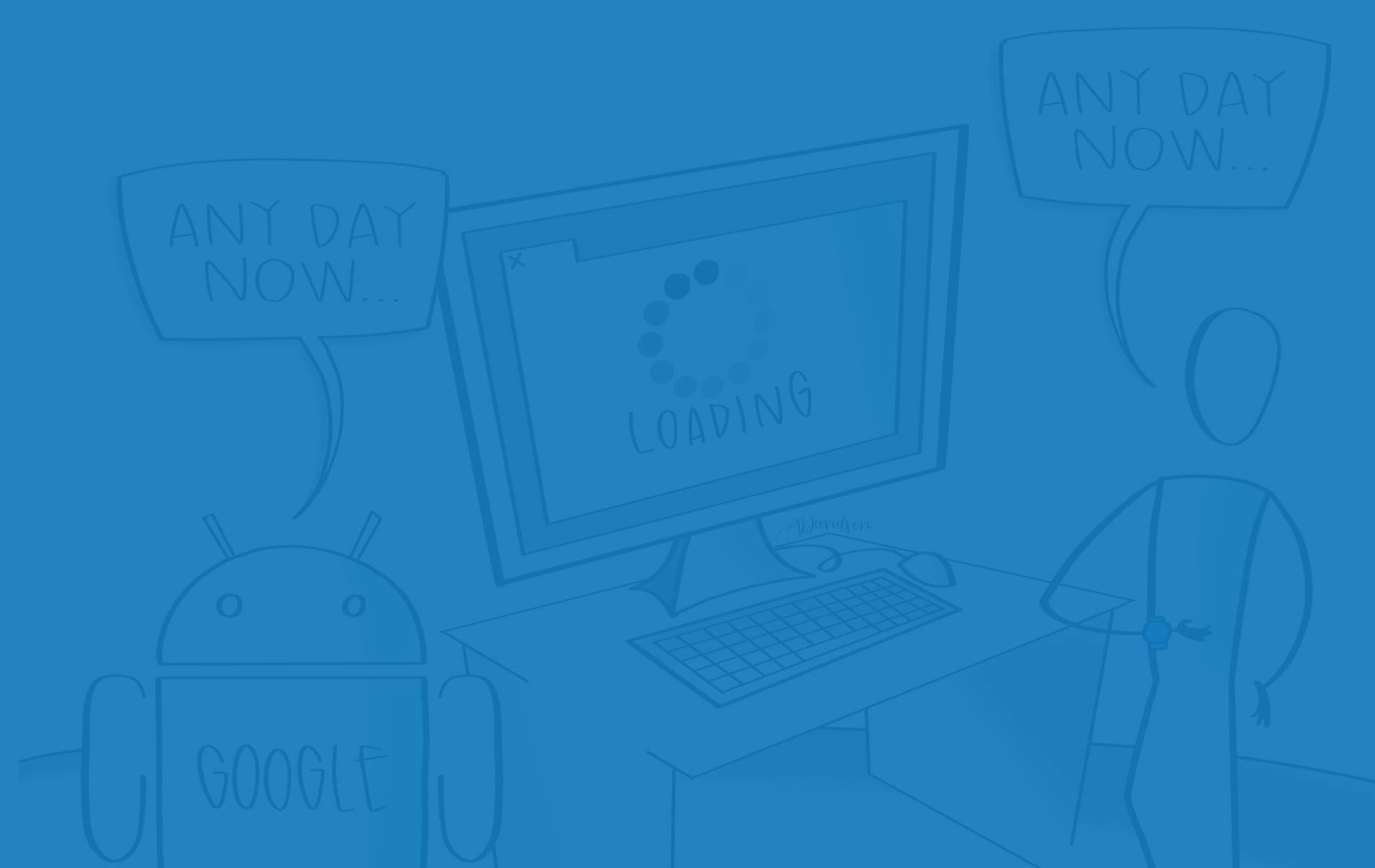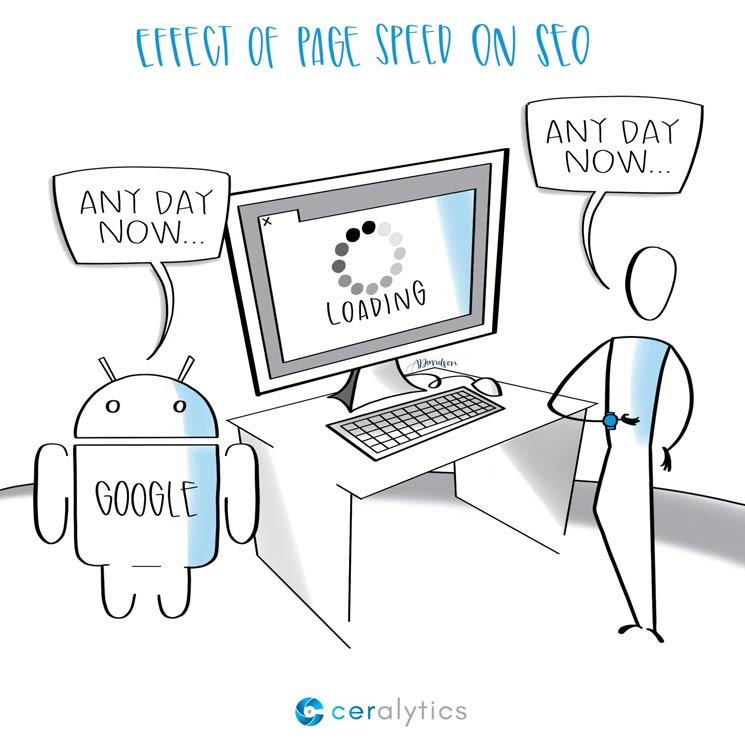Waiting for a web page to load can be incredibly frustrating. So frustrating, that a difference between a page loading in 2 seconds vs. 5 seconds increases bounce rates from 9% to 38%. Imagine losing almost 30% of your audience because your page took 3 extra second to load!
As a result, in their effort to connect people’s queries with the best answers, Google and other search engines are paying attention to how long your pages take to load. If people won’t wait for a slow page to load, search engines don’t want to send people to those pages.
Page speed makes a difference
Page speed has been a ranking factor in Google since 2010. But the effect of page speed on SEO is becoming more and more of a factor, especially with the rise in mobile search. If waiting for a page to load on a desktop machine is frustrating, it’s even more frustrating on a phone.
Search engines have realized this, and are adjusting their algorithms accordingly. But page load times also affect other areas of SEO.
When search engines crawl and index sites, they only give a certain amount of bandwidth to crawling those sites. Once that bandwidth is used up, they move on to the next site. This means if your site takes a long time to load, search engines will not crawl as much of it – potentially missing out on indexing some of your content. Slow sites get crawled less.
Tools to test your page speed
There are a number of ways to test the speed of your individual web pages.
Free tools such as Google Page Speed Insights and Pingdom Website Speed Test evaluate individual pages you submit to them. They are great for seeing areas where you can improve your page speed. Some of them go into very technical detail on how to increase the page speed of your site so you rank better.
3 ways to improve your page speed for SEO
Use properly sized images
The number one culprit of slow page loading times are images. It’s easy to upload a great looking image to your site and never think about the fact that the image is 3-4MB in size. Those images suck up bandwidth, take longer to download, and can result in turning away users (and search engines) from your site.
You don’t need a 12 megapixel 4k image on your homepage, no matter how beautiful it may look. Compress images to sizes under 1MB whenever you can. Most images, even those at 1920 x 1080px in size can be reduced to around 200KB or less using Photoshop, or online compression tools like TinyPNG.
Also, look out for PNG images. PNG files are typically much larger files than JPEG files, so if you don’t need to use a PNG (you don’t need the image to have a transparent background, or the image has fewer than 16 colors in it) stick with compressed JPEGs.
Avoid plugin bloat
Many websites use WordPress, and the plethora of plugins available to it. While these plugins provide amazing functionality, they also take up resources when the page loads. Look to see if any plugins are taking a long time to load, and remove any that feel superfluous.
Leverage server caching
Getting into the weeds a little more with WordPress, server caching creates static pages of your site on your webhost’s server. This allows the server to quickly pull up the page a user is requesting without having to do the normal WordPress process of pulling in templates, making a database call, and then pulling everything together on the fly.
Some popular caching plugins are W3 Total Cache and WP Super Cache.
Next steps
Go through some of your most important pages on your site and test their page speed. Odds are there’s room for improvement using some of the tactics above. Remember, saving even a second of time to load a page can greatly increase traffic to your site and improve your SEO rankings.
Taking a few minutes now can save you a ton of future traffic as well.
About Sketchalytics
Each week we send out a micro-lesson in marketing and/or business.
Our goal is NOT to give you best practices to go out and do what other people do. You can get that anywhere.
Instead, our goal is to give you knowledge that you can apply to your own organization to make the best decisions possible.
If you know anyone who you think would benefit from Sketchalytics, please feel free to share this with them so they can sign up.



